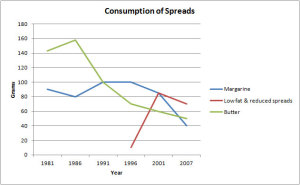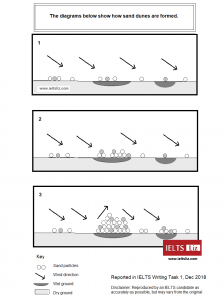When to use capital letters in your IELTS Listening, Reading and Writing test. Will you get a lower score if you make a mistake with capital letters? Can you write your answers in all capital letters? What are the rules for capital letters in IELTS? What about using capital letters in the computer based IELTS test? Read below to learn about this.
Using Capital Letters for IELTS Answers: Rules & Advice
Below you will find advice for using capital letters for writing your answers in IELTS Listening, Reading and Writing.
Capital Letters in IELTS Listening and Reading
In IELTS listening and reading, you can write all your answers in capital letters if you want. You can do this for the paper based test and the computer based test. It is completely up to you. There is no rule stating whether you should use capital or lower case.
- You can write your answers in small letters if you want.
- You can write in all capital letters.
Examples of capital letters in listening and reading:
- HOSPITAL = correct / hospital = correct / 9am = correct / 9AM = correct
Which is best? Capital letters or lower case?
I recommend writing your listening and reading answers in capital letters for the paper based test. This avoids any problems of markers struggling to read your handwriting. For the computer based test, it doesn’t matter. Both lower case and upper case will be easy to read.
Transferring Answers in Listening & Reading
In IELTS listening, you will be given 10 mins extra to transfer your answers to your answer sheet in the paper based test. Check your answers and check your spelling – then write your answers on the answer sheet. If your handwriting is poor, write using all capital letters so it is easy to read. For the computer based test, you do not need to transfer answers. You only need to check what you have already put into the computer. For this reason, you will be given only 2 mins to check your answers after the recording ends.
In IELTS reading, you will not get 10 extra mins to transfer your answers. You must write your answers directly on your answer sheet. But it is completely your choice how to write your answers. The most important factor is clear writing for the paper based test. Use all capital letters if your handwriting isn’t clear.
Capital Letters in IELTS Writing
In IELTS Writing, you can choose to write your essay in capital letters. But I would not recommend it because:
- you WILL be marked on punctuation so the use of capital letters and lower case is important to show. You must have a capital letter at the start of a sentence, for example.
- you have a strict time limit and it takes too long to write in capital letters
So, write your essay in lower case and remember to use capital letters when grammatically appropriate. The examiner will mark you down if you use capital letters incorrectly. Here is a list of typical words that use capital letters:
When to use capital letters in English grammar
- Days/ Months = Thursday / September
- Names and Titles = Mrs J Blogs / Dr Author Jones
- Countries / Cities = India / Vietnam / Paris / Hong Kong
- Names of Places = University of London
- Acronyms = BBC (British Broadcasting Corporation)
- Start of a Sentence = “The majority of people use cars to go to work these days. However, it would be better if they used healthier means of transport such as the bicycle.”
Biggest Mistake with Capital Letters
- but / because / and
- These linking words should NEVER be used to start a sentence in formal writing. See my page of linking words for writing task 2 to learn tips and get a useful list: IELTS Writing Task 2 Linking Words
What about speaking part 2? Well, the notes you make for your talk are not marked and only you see them. The examiner will not check them or mark them. So, don’t write sentences or bother with punctuation, just write words, ideas and tips to help you present a good talk.
More IELTS Tips
What about using a pen or pencil? Click on this link: IELTS Pen or Pencil
How are words counted in IELTS Listening? Click on this link: How Words are Counted in IELTS
Can I use “I” or “my” in writing task 2? Click on this link: How to express your opinion in IELTS WT2
Tips & Practice for Listening, Reading, Writing and Speaking:
- IELTS Listening
- IELTS Reading
- IELTS Writing Task 1
- IELTS Writing Task 2
- IELTS Speaking
- Vocabulary for IELTS
……………..
Free Subscribe to get New Posts by Email






